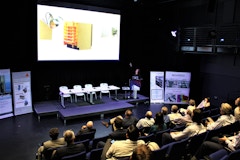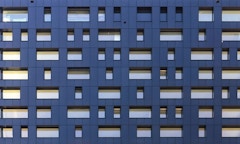Influence of Performance and Design of Structural Silicone Joints on the Resilience of Curtain Wall Units Exposed to Seismic Impacts
Facade failure due to seismic event represents a potential hazard to people and can cause serious damages to buildings with consequent high-cost











